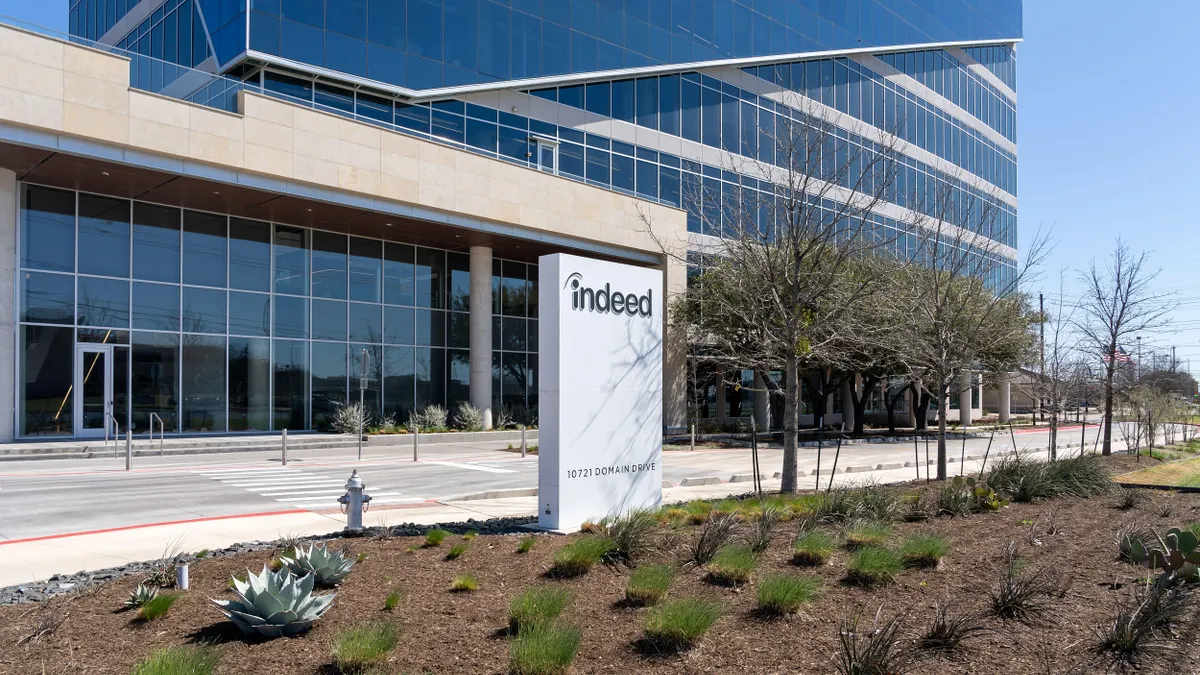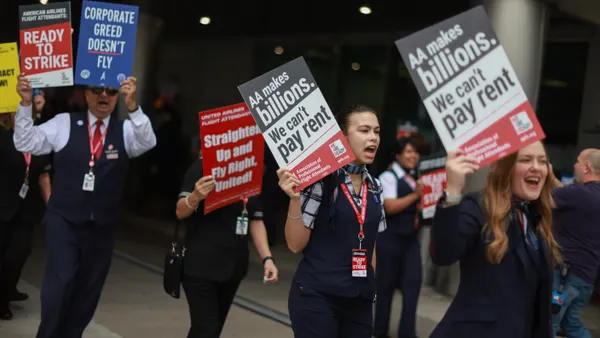As the new year begins, many companies look to hire foreign nationals to meet their recruitment goals, particularly in STEM fields. The H-1B hiring season is upon us and employers should be preparing to submit their applications for the coming lottery.
This year’s filing date of April 2, which could allow for employment as early as October, is coming fast, and the petition process is changing under the new administration.
"For 2018, employers will need to reevaluate what they did last year and rethink how they'll proceed for the new year," Jorge R. Lopez, chair of Littler Mendelson's Global Mobility and Immigration Practice Group said. "The restrictions have become tighter. They'll need to understand and conform to the new guidance."
The H-1B visa is available to a maximum of 65,000 foreign workers in "specialized fields" (typically those requiring high skill, such as jobs in STEM) to work in the U.S. for three years; a three-year extension can be granted if the work is ongoing. An additional 20,000 visas are issued to those who have earned advanced degrees at U.S. universities. Thousands of H-1Bs also are issued to those who work for nonprofit institutions like medical research and universities and are not subject to an annual cap. In 2016, 114,502 new applications were approved and 230,759 were renewed.
For 2017, U.S. Citizenship and Immigration Services (USCIS) saw a reduction in visa petitions, but still hit their cap with almost 200,000 requests received.
"Employers are frustrated with the odds. Even with a 15% decrease in applications in 2017, employers still had a less than 50% chance to make the lottery," Jamie Gilpin, CMO and workforce trends analyst at Envoy Global, said. Businesses have requested a higher cap, as well as faster processing time, "neither of which were improved and in fact, the removal of premium processing decreased processing time."
The process
The petition process is involved. First, a Labor Condition Application form must be submitted. Through this, employers attest that qualified American workers are not available for the position. They also attest that H-1B workers will be paid at least the prevailing wage and/or wages paid to others in similar positions.
Employers should be evaluating their existing workforce in January to determine which employees they should sponsor for H-1Bs for an Oct. 1, 2018, start date, Shanon Stevenson, partner at Fisher & Phillips LLP, told HR Dive.
Next, the employer files a Petition for a Nonimmigrant Worker, along with supporting documents and fees. If the employer is selected through the lottery and the petition is approved, the named worker can apply for the visa through the U.S. Department of State at a U.S. embassy or consulate. They must verify their qualifications for the visa, as well as apply to U.S. Customs and Border Protection (CBP) for admission to the U.S.
The costs associated with the entire process (without attorney fees) can be thousands of dollars. Since January 2016, businesses with more than 50% of their workforce on H-1B visas are required to pay an additional $4,000 to $4,500 per visa.
For employers making their first bid for H-1B workers, the process requires detailed preparation, accuracy and compliance. The smallest error can disqualify the application, experts say. Companies new to the H-1B program are also required to verify they have the financial ability to maintain the worker throughout the term of employment. Expect to provide all your financials — cash flow, contracts, balance and income statements and tax returns.
President Trump issued the "Buy American, Hire American" executive order in April 2017. The order requires agencies "to rigorously enforce and administer the laws governing entry into the United States of workers from abroad." Lopez warns the changes to the process are being felt.
"Employers will need to have a defensible position for the need of the applicant — that's becoming a consistent theme moving forward with the executive order. Requests for evidence increased last year — along with revisions and modifications," he said.
Understanding the new protocols
Through August 2017, USCIS issued more than 85,000 requests for evidence — an increase of 45% over the previous year and the highest since 2009. The service has directed its agents to review each H-1B applicant more rigorously, for both new and returning employees. They are also interviewing applicants to detect fraud and assess any national security risk.
Stevenson noted that employers are seeing an increase in the number of denials for H-1Bs through the Administration's "extreme vetting" requirements. Additionally, suspension of the premium processing program during H-1B cap season caused employers to "wait as long as 8 months for a decision on an H-1B, making it nearly impossible to assign work."
Under the Obama administration, spouses of H-1B workers have been eligible to work in the U.S. under an H-4 dependent visa. Under the Trump administration, the U.S. Department of Homeland Security intends to do away with that rule in February of 2018.
Potential legislation
The Protect and Grow American Jobs Act is similar to other bipartisan bills introduced last year to push employers to take a longer view at training and hiring American workers, rather than take the "quick fix" of an H-1B.
The bill, approved in committee and headed to the full House, would increase the minimum wage for visa holders to $90,000 from $60,000. It also would prohibit American businesses with workforces of 20% or more H-1B workers from replacing American workers with workers from abroad.
H-1B and the skills gap
Gilpin pointed to Envoy's 2017 Immigration Trends Report in which more than half of employers reported difficulty filling more than 2.4 million STEM jobs.
"The international talent pool plays a critical role in filling these gaps, which is why 55% of employers expected their foreign national headcount to increase in 2017," she said. Many employers are looking at other visa programs and more comprehensive workforce strategies to secure international talent. According to the Envoy report, 83% of employers say the U.S. immigration system has impacted their ability to find and retain talent; 21% have had to move work overseas.
While the gap in available STEM workers in the U.S. continues to be a hot-button issue, employers looking to hire through the H-1B program will need to contend with a shifting atmosphere within the government. Being prepared, with all your documentation ready and submitted, could make all the difference.
"Employers should be looking at how to manage recruitment and retention. With unemployment at 4%, there will be more dependence on immigration," Lopez said. "Employers should be looking at foreign students who will be graduating; the H1B lottery system is not the best way to manage your workforce planning."


















